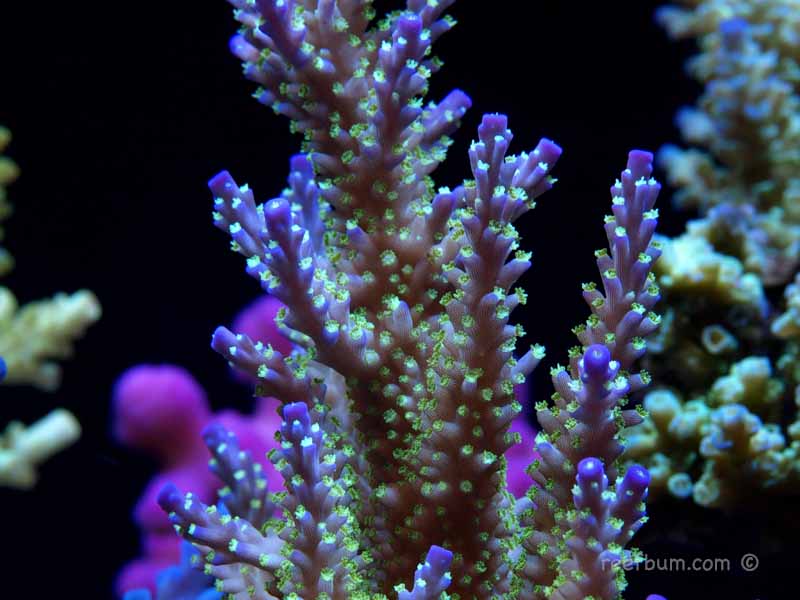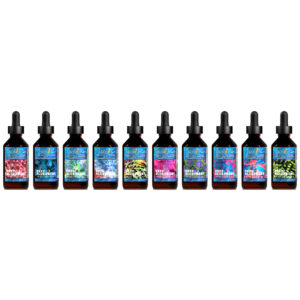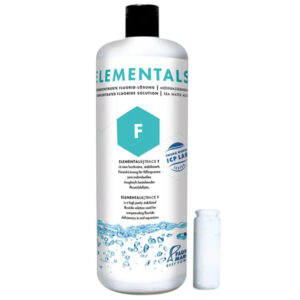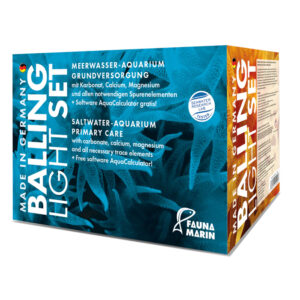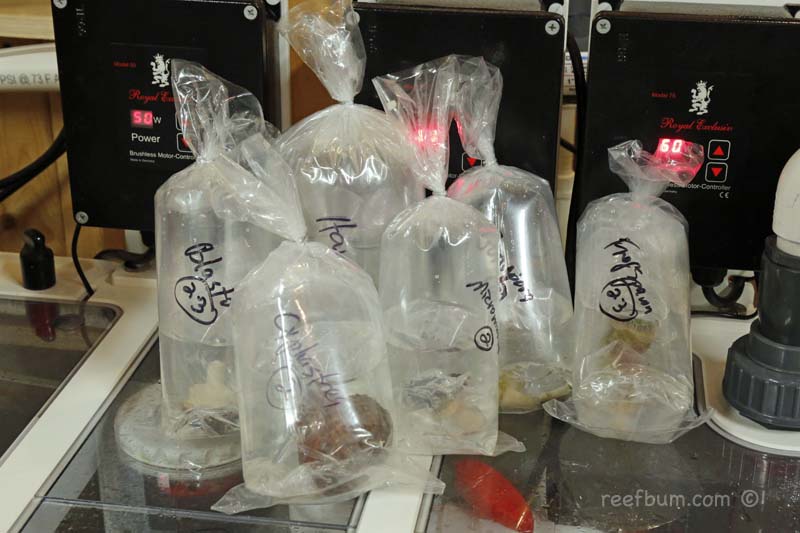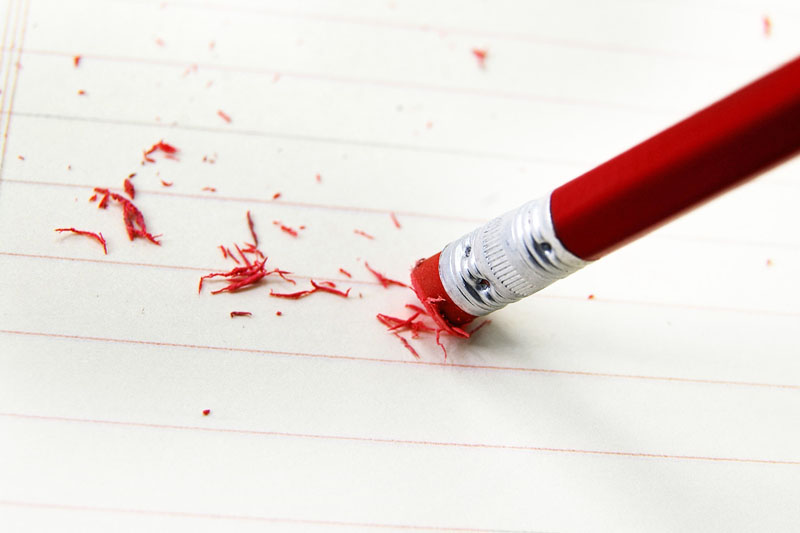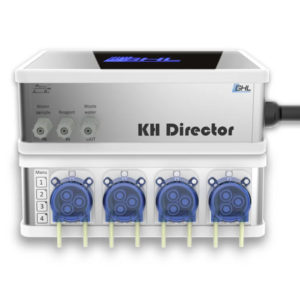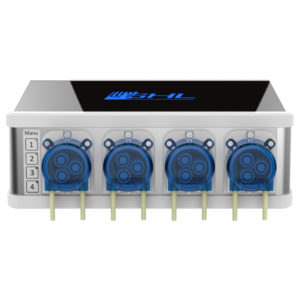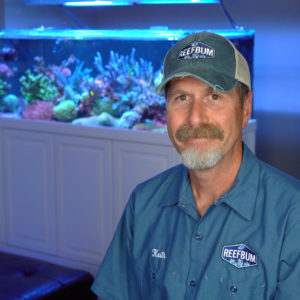Let’s face it. Keeping a reef tank is not a simple chore but there are some basic tenants one can follow to optimize the chances for success. With nearly 30 years in the hobby I have learned a lot from both my successes and failures. Below are My Top 10 Tips For Keeping a Successful Reef Tank dominated by SPS. I dive much deeper into each item in my book, A ReefBum’s Guide To Keeping an SPS Reef Tank: A Blueprint For Success.
The List
- Stability – It is critical to have stability for parameters such as salinity, nitrate, magnesium and calcium. Stable phosphate is important as well, but perhaps most important for SPS is keeping alkalinity at a consistent level. An alkalinity monitor/controller is a great way to keep alkalinity locked in. Any swings with this parameter over a short period of time usually spells trouble. Stable parameters equals happy SPS.
- Proper Lighting – I have had a lot of success using 400W metal halides, yet others have done well with other types of lighting such as LEDs and T5s. Specifically, my SPS have achieved great color and growth under 20,000K Radiums, which skew towards the blue end of the spectrum and have strong PAR, or intensity. This is a big area for debate in the hobby and the situation is quite fluid given how quickly the LED technology has evolved over the past few years. I did consider LEDs for my latest setup but I decided to stick with halides. Yes, old-school all the way. Hey, if it ain’t broke, don’t fix it!
- Calcium and Alkalinity – SPS suck up a lot of this stuff, so it is critical to have a very strong calcium and alkalinity supplementation system. I’ve achieved great results when using a calcium reactor in conjunction with a kalk reactor for additional augmentation. Other reefers use a two part dosing system with great success. Either way, it is very important to test for calcium and alkalinity on a regular basis. Remember tip #1? Stability is key, especially with alkalinity.
- Good Flow – There are a few reasons why this is important. One is to keep detritus from collecting at the bottom, which helps to keep nitrates and phosphates from building up in the tank. Strong circulation also helps to deliver food and nutrients to corals and helps to prevent problematic algae from taking hold in a tank. Finally, good circulation creates surface agitation, which increases oxygen levels and replicates the light refraction seen in our natural reefs.
- Keep a “Slightly” Dirty Tank – My philosophy is to run a high import/high export type of system and to have some levels of nitrates (2.5 – 5 ppm) and phosphates (.03-.05). On the import side, I keep many fish and feed them a lot to ensure they are fat and happy. On the export side, I lean on regular water changes (10% on a weekly basis) for nutrient control and to replenish trace elements. I also rely on skimming and use an algae reactor.
- Patience – If you don’t have any then this hobby is not for you.
- Good Husbandry – It’s important to keep up with maintenance on equipment, perform regular water changes and observe a tank on a daily basis to make sure things are ok. Testing water parameters on a regular basis is also critical. Laziness can be a killer in this hobby.
- Knowledge – Reading articles and books, and conversing with other, more experienced reef keepers to tap into their knowledge base, is crucial. Mistakes will be made, but they can be minimized if the required reef tank homework is done. It is also important to crawl before one can walk, so my advice is to not jump in right away and go big in terms of tank size and complexity of the system. Get it right with a smaller system, and then use the knowledge gained from that experience to go bigger when the time is right.
- Avoid Stress – Don’t be a tinkerer. Constantly dipping one’s hands in the tank to rearrange corals can be problematic because oils from the skin can stress out fish and corals. Additionally, corals will become stressed due to the frequent touching and handling. My advice is to sit back, relax, and let Mother Nature do her thing.
- Be Prepared – Curveballs will come at some point, so it’s imperative to be prepared for such things as power outages or potential equipment breakdowns (these can be minimized by keeping up with equipment maintenance). It is also important to embrace technology. A good aquarium controller can alert a reef keeper to many potential problems before they snowball into a disaster.
Additional Resources
If you would like some help with a new tank build, including help designing a custom aquarium, or help re-configuring your current setup then you can visit this page for more information. And if you are looking to add some equipment, I do sell GHL, Pax Bellum, Reef Octopus Calcium and Kalk Reactors and Royal Exclusiv products, including Dreamboxes, which is the equipment I use and recommend. I also sell Reef Brite metal halide and LED fixtures as well as Maxspect & IceCap Gyres.
As for additional insights and information, please explore my many other reef tank and SPS related articles as well as my YouTube channel. For an even deeper dive into reef tank care you can check out my Reef Keeping Master Class. This online course is an immersive and one of a kind educational tool designed to help reef aquarium hobbyists build and maintain a beautiful SPS reef tank. The course is a series of video presentations with some supplemental video from my YouTube channel. There are also quizzes to help students retain and understand the information presented in the course.
Need some frags…..I can help with that as well 🙂 Please visit my SPS Frag store to see what is available.

